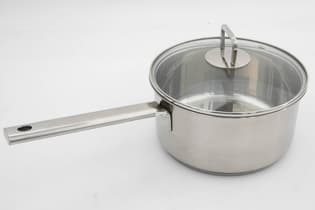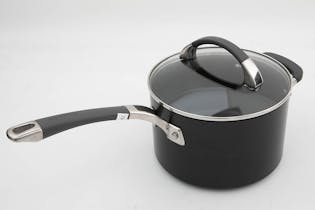6 ways traditional Māori methods can save kai costs
Learn how to nourish your whānau using traditional food gathering and cooking methods.
Matariki, the Māori New Year, is a time for reflection and planning for the future. It’s also a time tied closely with the importance of kai (food), with giving thanks for the harvest, enjoying a mid-winter feast and preparing for the cold times to come.

In today’s world, when household food budgets are feeling the pinch, renowned Māori fine-dining chef Joe McLeod says we can learn from the wisdom of ancestors to make ingredients go further.
Joe feels it’s his life mission to pass on what he knows about Māori ingredients. He helped us put together this list of 6 ways we can spend less at the supermarket.
-
Learn some traditional bread recipes
Joe says the popularity of making breads like rēwena (potato bread) and parāoa parai (fried bread) has had a boost from Matariki becoming a public holiday. There are videos online that show how to make these breads.These breads use flour so weren’t made until after settlers arrived – but Joe says that’s not a bad thing. “The native breads were made with seeds, and I’ve tried them all, and let me tell you, they were disgusting and needed adjusting.” Takakau, which is made with just flour and water, is a great budget option, he says.
Google a boil-up recipe
Joe says a boil-up is a cheap and easy way to feed a crowd, and there are heaps of variations online. He makes fluffy doughboys (dumplings) to go on top – again they’re super cheap, because you can make them with just self-raising flour and water. It’s another recipe that came from another culture – this time the Irish, Joe says.Get friendly with a butcher
Joe says bacon bones are a cheap meat to start your boil-up, but you can get even cheaper off-cuts if you ask your butcher. Or you could get friendly with someone who hunts and offer to take the undesirable cuts off their hands.-
Garden according to maramataka
Maramataka is the traditional Māori lunar calendar. It is used as a guide to planting and harvesting.“Māori followed that model religiously. It’s neat to see that resurgence,” Joe says. “The maramataka programme is online, so you can download it, and it’s easy to follow.”
The benefit will be creating your own prosperous māra (garden) and not having to pop into the supermarket so often, especially for vegetables that Māori have traditionally grown, such as kūmara.
Forage for greenery
Joe says it’s easy to find pūhā, watercress and pikopiko (fern shoots) if you know where to look. They’re becoming more common on restaurant and cafe menus, he says, and can replace vegies like silver beet, spinach and bok choy.Experiment with native herbs
Joe says it’s easy to find native herbs, such as kawakawa and horopito, to grow in your own garden. These can provide a steady supply of flavour to add to dishes.
Joe also encouraged anyone who is struggling to get in touch with their local food bank. “Make sure you register so the staff will know you need help. There are thousands of other people facing hard times. You’re not alone, and you shouldn’t be ashamed,” he said.

.jpg&w=315&q=75)

Member comments
Get access to comment